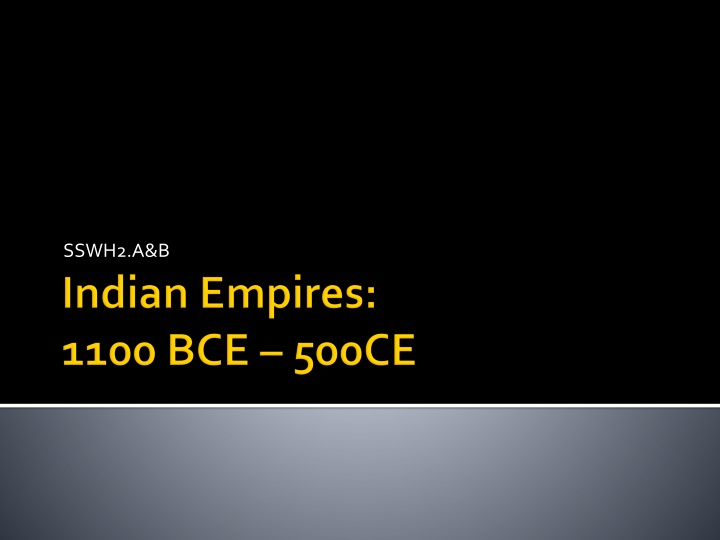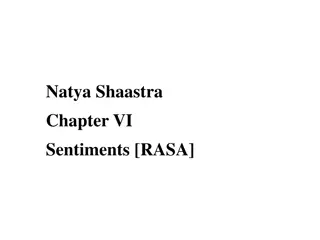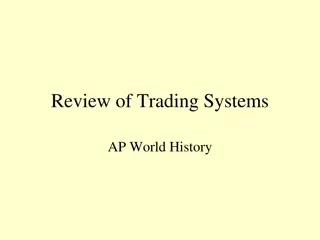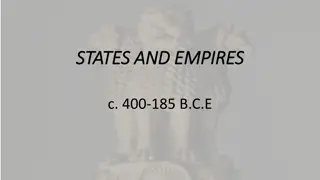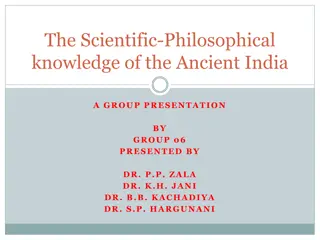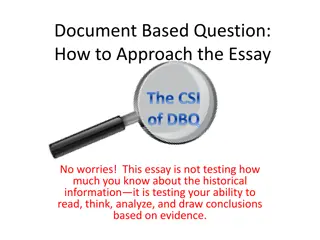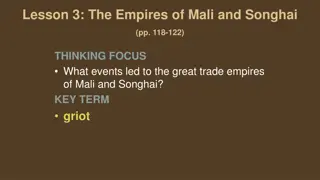Ancient Indian Empires and Societal Structures
Early Aryan migrations, the caste system, rise of the Mauryan Empire under Chandragupta, Ashoka's rule and teachings, and the subsequent fragmentation of the Mauryan Empire. The second Indian empire led by emperors during 320-535 AD marked a golden age for India.
Download Presentation

Please find below an Image/Link to download the presentation.
The content on the website is provided AS IS for your information and personal use only. It may not be sold, licensed, or shared on other websites without obtaining consent from the author.If you encounter any issues during the download, it is possible that the publisher has removed the file from their server.
You are allowed to download the files provided on this website for personal or commercial use, subject to the condition that they are used lawfully. All files are the property of their respective owners.
The content on the website is provided AS IS for your information and personal use only. It may not be sold, licensed, or shared on other websites without obtaining consent from the author.
E N D
Presentation Transcript
I. Early Aryan Migrations Beginning around 1750 BCE the Aryans migrated from Europe into the Indo-Gangetic Plain. They brought their religious texts with them. Vedas
II. The Caste System Indian society was divided into very rigid social classes. Moving from a lower social class to a higher one was very rare.
A. For centuries, India was made up of numerous independent groups. B. It was united under the Mauryan Empire in 321 BCE.
C. Mauryans were led by Chandragupta He came to power by raising an army and killing the king before him. Maintained power by force.
A. Chandraguptas grandson Ashoka became king next. B. Fought a war against Kalinga that cost 100,000+ lives C. Decided to rule using the teachings of Buddha
IV. Mauryan Empire (Ashoka) D. Ashokabuilt monuments to the Buddha all across the empire to remind people of his teachings. Proper behavior towards servants and employees, respect for mother and father, generosity to friends, companions, relations, Brahmans, and Ascetics, and not killing living beings.
E. After the death of Ashokathe Mauryan Empire fell apart, and the land was taken by several different kingdoms Reflection: This statement is taken from one of Ashoka spillars. In what ways would believing in this teaching change the way he led his ancient empire? All men are my children. What I desire for my own children, and I desire their welfare and happiness both in this world and the next, that I desire for all men. You do not understand to what extent I desire this, and if some of you do understand, you do not understand the full extent of my desire.
The second Indian empire (320-535 AD) Led by emperors: Chandra Gupta I (not related to Chandragupta Maurya) SamundraGupta Chandra Gupta II These emperors started a golden age by increasing India s wealth through trade and investing in the arts.
